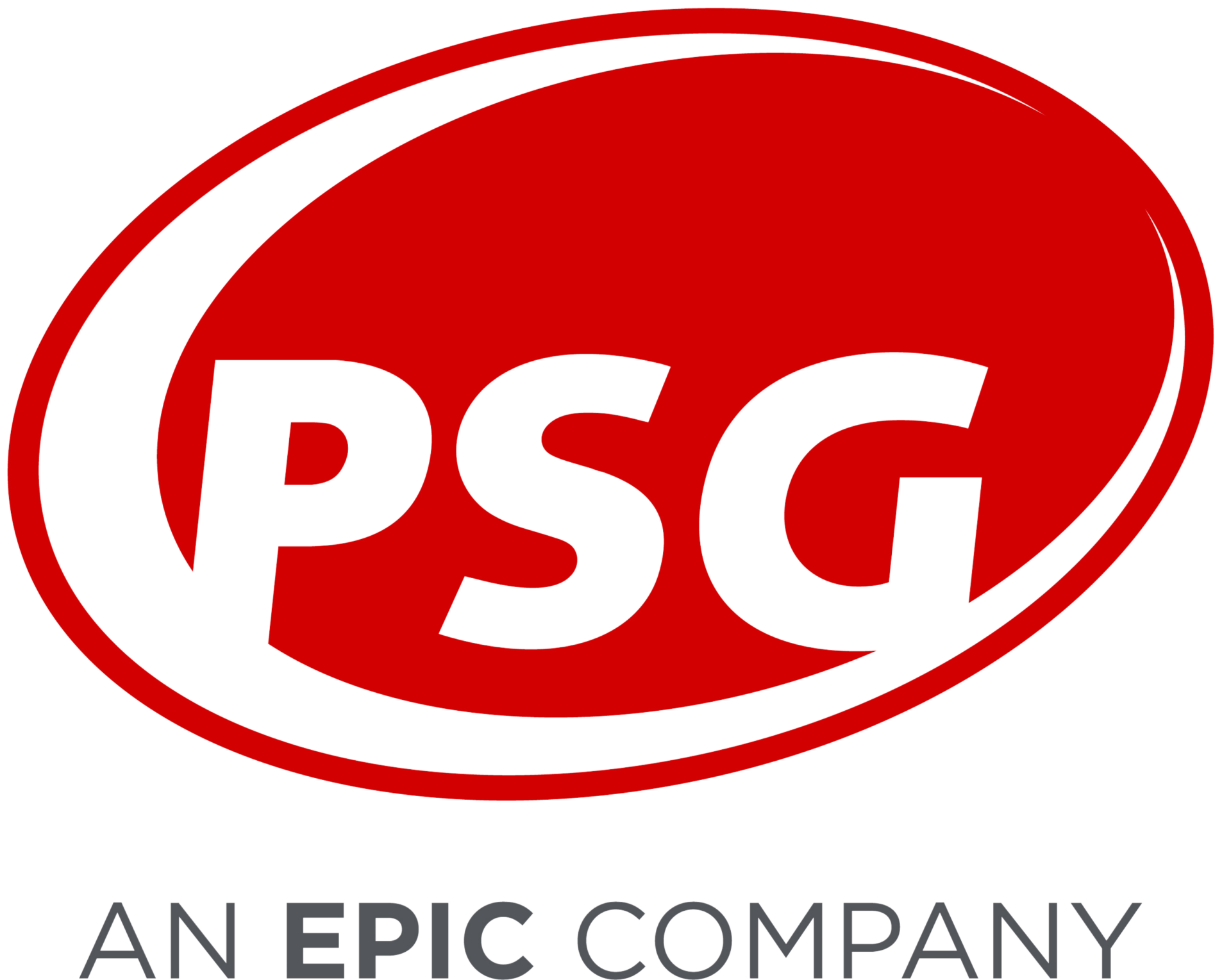2023 Pharmacy Benefit Manager Customer Satisfaction Report
Overview The PBM Customer Satisfaction Report provides the most in-depth picture of the PBM landscape today. This research prepares plan sponsors and health plans for…
Read Post

